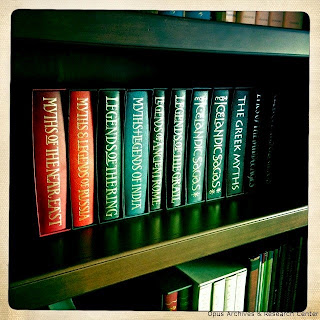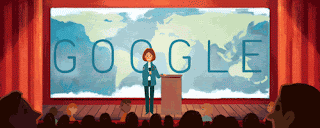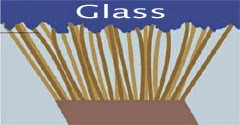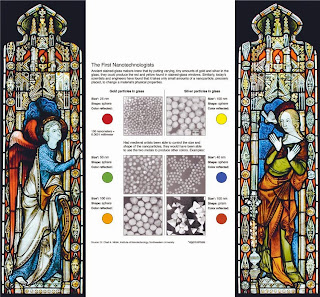Around the end of this quarter, I attended
the sawyer seminar on the topic of environmental humanities held in UCLA as my
last event for this course. I could not help but feel that time flies. I still
remember when I read about “two cultures” at the beginning of the course and
did research on various topics in science and technology field in the following
weeks, each of which is interesting and attractive, and therefore I really like
this course.
However, the last event of this course to me
is not that straightforward because of the extremely strange topic for me. The
term of environmental humanities is actually not familiar to most people
because it just emerged several years ago and is really a new branch of
humanities study. When I entered into the meeting room, I was kind of nervous
because of the unfamiliar topic. However, the nervous feeling went stronger
after I found that all the people inside, both the lecturers centered in the
front of the class and the audiences are senior scholars. (A white-haired elder
just sit besides me.)
Through the research, I understand that the
environmental humanities relates to “complex interrelationships
between human activity (cultural, economic, and political) and the environment,”
(Daniel) which largely corresponds to the cross-field feature of our course.
The trend of integrated study is actually throughout the whole world as the
necessary result of world development. Therefore, it once again reminds me to
study and explore extensive fields of one subject to acquire more comprehensive
and meticulous scholarship. “One of the fundamental ontological presuppositions
of ecological humanities is that the organic world and its inorganic parts are
seen as a single system whereby each part is linked to each other part.”
(Wikipedia.org) Just as one professor gives the simple example of people and
animals’ life, they actually interrelate to each other. Or in a general level,
people’s life, the construction and exploration of land made effects on animals
in different aspects from lifestyle to genetic change, which is the most basic
knowledge well known by children. When we see everything as connected, then the
traditional questions of the humanities concerning economic and political
justice become enlarged, into a consideration of how justice is connected with
our transformation of our environment and ecosystems.
Actually, even in academia, the
definition of the environmental humanities varies according to scholars’
particular understanding, experience and value of the term. However, the
seminar like the one I attended this quarter is just making progress for
sharing concepts and thoughts. “For too long, the humanities have not been
interested in the environment, and those concerned with environmental issues
have not been interested in the humanities.” (Thom) Actually this concept
appears such as center in the works of UCLA, which makes me proud of my school.
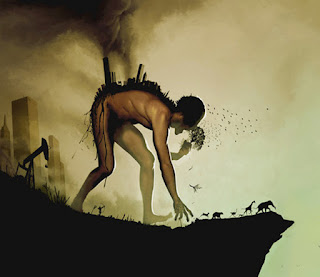 |
| We face a challenge of rethinking ‘the human’ in ecological terms. |
Reference:
Grimley, Daniel. "Environmental Humanities."
Torch. Web.
<http://www.torch.ox.ac.uk/envirohum>.
"Ecological Humanities." Wikipedia. Wikimedia
Foundation. Web. 3 June 2015.
<http://en.wikipedia.org/wiki/Ecological_humanities#endnote_Kingsland1985>.
Van Dooren, Thom. "Science Can't Do It Alone: The
Environment Needs Humanities Too." The Conversation. Web. 3 June 2015.
<http://theconversation.com/science-cant-do-it-alone-the-environment-needs-humanities-too-9286>.


